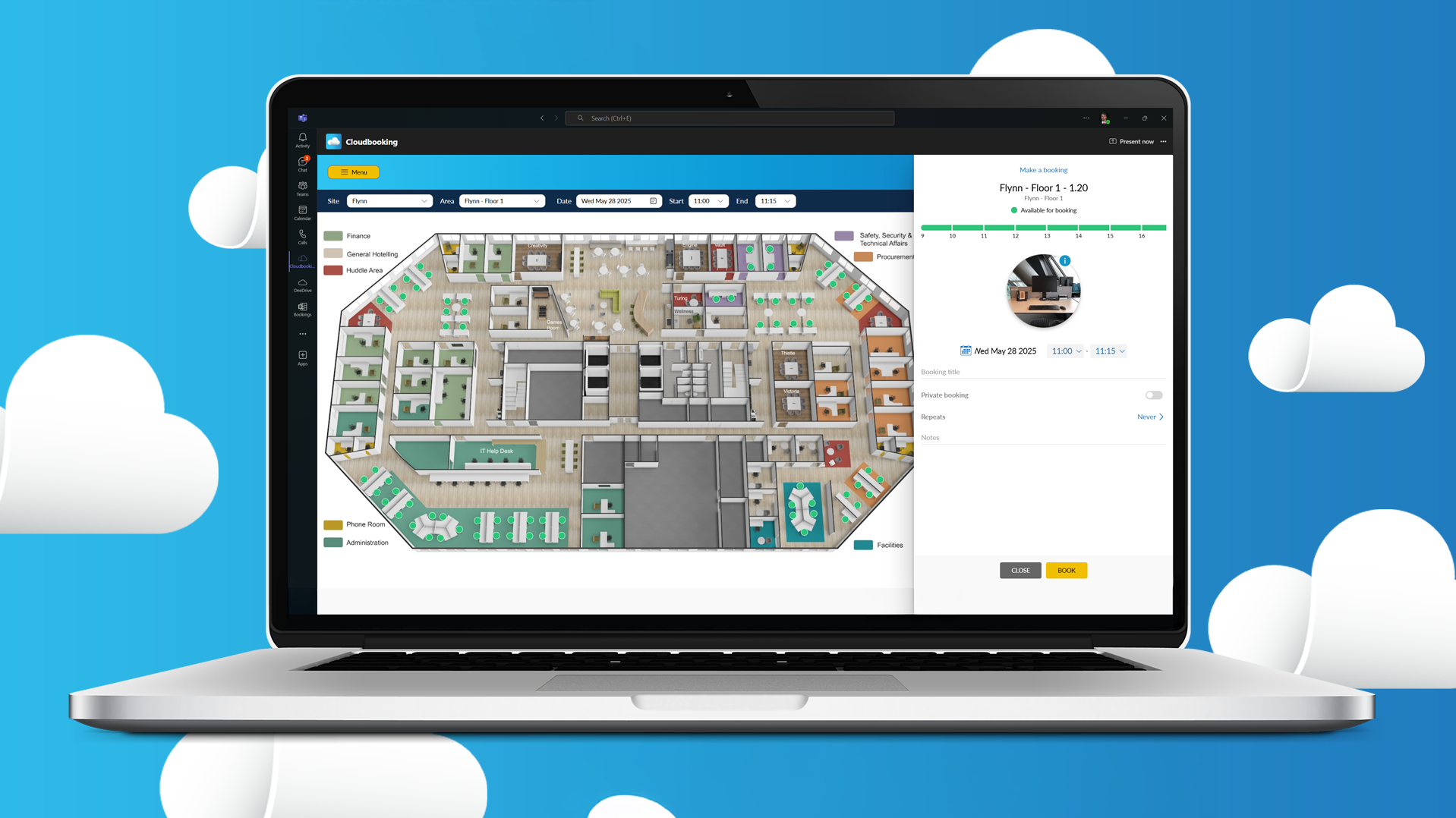
Let’s be honest… fully remote working had its moment. It was the crown jewel of COVID-era workplace trends, giving us all the glorious freedom to roll out of bed at 8:59am, coffee in hand and open the laptop just in time for a 9am stand-up (camera optional, of course). And for a while, it felt revolutionary. Pajamas became uniforms and the morning commute was a 12-step shuffle to the dining table (if you could be bothered to get out of bed that is). What a time to be alive.
But as the novelty wears off and our backs give in to questionable ergonomic choices, it’s becoming clearer that fully remote setups aren’t quite the workplace utopia we once imagined.
Sure, the perks are real: no commuting, flexible schedules and the chance to pop on a bit of mascara during the morning Zoom call without anyone batting an eye (speaking from experience here, our sales stand-ups were… stylish). But once you scratch the surface, the cracks start to appear. As businesses begin settling into long-term ways of working, it’s worth asking: is going fully remote really right for your business?
Let’s break down why 100% remote might not be all it’s cracked up to be and why hybrid working could just be your business’s new best friend.
The (Not-So-Secret) Downsides of Fully Remote Working
Bye Bye Collaboration, Hello Silence
You know those random chats in the office kitchen that somehow lead to brilliant ideas? Yeah, those don’t really happen over Slack if we’re being really honest. Fully remote work limits spontaneous conversation, the sort that sparks innovation, tightens team bonds and stops projects from going off the rails.
It’s not just the big brainstorms that suffer, it’s the daily back-and-forth, the quick sense-checks, the “have you got five mins?” that make collaboration flow naturally. Without that in-person buzz, creativity and connection can and will dry up.
Communication Gets… Tricky
We all love a good emoji, but let’s be honest no one really knows if “👍” means “great job!” or “fine, whatever”. Digital communication is a minefield of missed context, misread tone and those painfully long message threads that spiral into oblivion.
Fully remote teams often end up in endless loops of back-and-forth just to reach a simple decision and don’t even get us started on Zoom fatigue. That “quick call” becomes a scheduled, link-clicking ritual that sometimes ends with… well, not much at all.
Have you ever said “that meeting could have been an email”, well if you have, it’s more of that except it’s “that meeting could have been a kitchen chat”.
Isolation Nation
For some, remote working is a dream. For others, it’s a fast track to cabin fever. The lack of social interaction can leave employees feeling disconnected, unmotivated and, if we’re being totally honest, bored. Engagement takes a hit and team culture becomes harder to maintain than a sourdough starter in lockdown.
Even with your best virtual culture efforts, nothing replaces shared laughter, the buzz of a lively office or a proper face-to-face “well done”. Loneliness is very real and it’s quietly damaging.
Performance Monitoring? Good Luck
To make matters worse, tracking performance remotely is a painfully tricky challenge to tackle. Yes, you can log when someone’s online or see task completions, but does that really paint the full picture? Activity doesn’t equal productivity and nobody wants to live under the digital microscope of monitoring software.
Managers are left trying to strike a balance: support teams, track output and maintain trust; all without veering into 1984 Big Brother territory. Not exactly straightforward, is it?
Related Reading: How to Optimise Your Workspace with These 8 Occupancy Metrics
Not All Jobs Are Built for Remote Life
Let’s face it: some roles just don’t suit a fully remote setup. If you’re in any of the following spaces, remote might be more pain than productivity:
- Creative Teams: Brainstorming needs energy and interaction, which may be a tad difficult to replicate when you’re staring at a sea of muted microphones.
- Customer Support: High-touch roles often thrive with a bit of structure and live team support nearby. Battling isolation alongside what feels like one million support tickets from disgruntled and sometimes rude customers is really a match made in heaven.
- Heavily Regulated Sectors: Finance, healthcare, government and any industry for that matter where data protection, compliance and oversight are everything. Enabling that disconnect through remote probably isn’t going to help.
Even if the role can be done remotely, some teams just function better with the structure of in-office interaction every now and then. Routine, accountability, collaboration… it all counts.
Hybrid Working: The Best of Both Worlds?
So if remote’s so terrible, but we still have enough common sense to realise there are some perks, what’s the alternative. Well, it’s Hybrid Working obviously. It’s the Goldilocks of workplace models, not too remote, not too office-bound. Just right. Hybrid lets you combine the benefits of remote freedom with the human connection of in-office collaboration.
With a hybrid model, you can:
- Schedule face-to-face time when it matters most
- Give people the flexibility they actually want
- Keep communication flowing with in-person touchpoints
- Make performance tracking easier without being Big Brother (Recycling jokes, sue me)
- Maintain team culture without relying on forced ‘fun’ in virtual happy hours
Hybrid allows you to give people autonomy without sacrificing structure, creating a win-win environment where work actually works. However, whilst hybrid sounds great, it’s only the secret sauce to productive and happy employees if your workplace management and strategy is, well, actually good. That’s where proper workplace management tools (like cough cough, Cloudbooking) come in to save the day and help improve your workplace effectiveness.
With workplace management tools, you get the best chance to:
- Optimise your office space so you’re not paying for empty chairs
- Let people book desks, rooms, and resources with zero faff
- Use real-time analytics to see what’s working (and what’s not) and adjust as needed
- Track usage trends to spot opportunities for improvement or cost saving
When hybrid working is done right with the best tools, the results speak for themselves. Just look at Experian, who managed to cut their real estate footprint by around 50% using smart workplace tools to power their hybrid strategy (Cloudbooking tools by the way, just saying). With proper workplace management in place, hybrid isn’t just flexible, it’s a serious business advantage.
Tools that offer desk and room booking, real-time insights, and scheduling visibility can turn your office from “barely organised chaos” to a space that actually supports how people work. The result? Smoother operations, smarter use of space and employees who aren’t just productive, they’re actually happy to come in.
Final Word: Don’t Ditch the Office Just Yet
Look, fully remote working has its place, but if you’re starting to see more challenges than benefits along the lines of low morale, missed communication, lack of visibility, then it might be time to rethink things.
Hybrid gives you the best of both: happy teams, connected culture and a working environment that actually… works.
So if you’re at the workplace policy crossroads, before you go all-in on remote, maybe give hybrid a proper go. With the right tools and the right mindset, it could be the thing that brings your team together, even while they’re apart.
And if you need a nudge in the right direction… Cloudbooking’s Micro Bundle is packed with everything you need to nail hybrid working, from desk and room booking to even car parking. It’s all available from just £99/month, it’s the easiest decision you’ll make all year.
Don’t fall behind. Get in touch now, future you will thank you. Promise.


